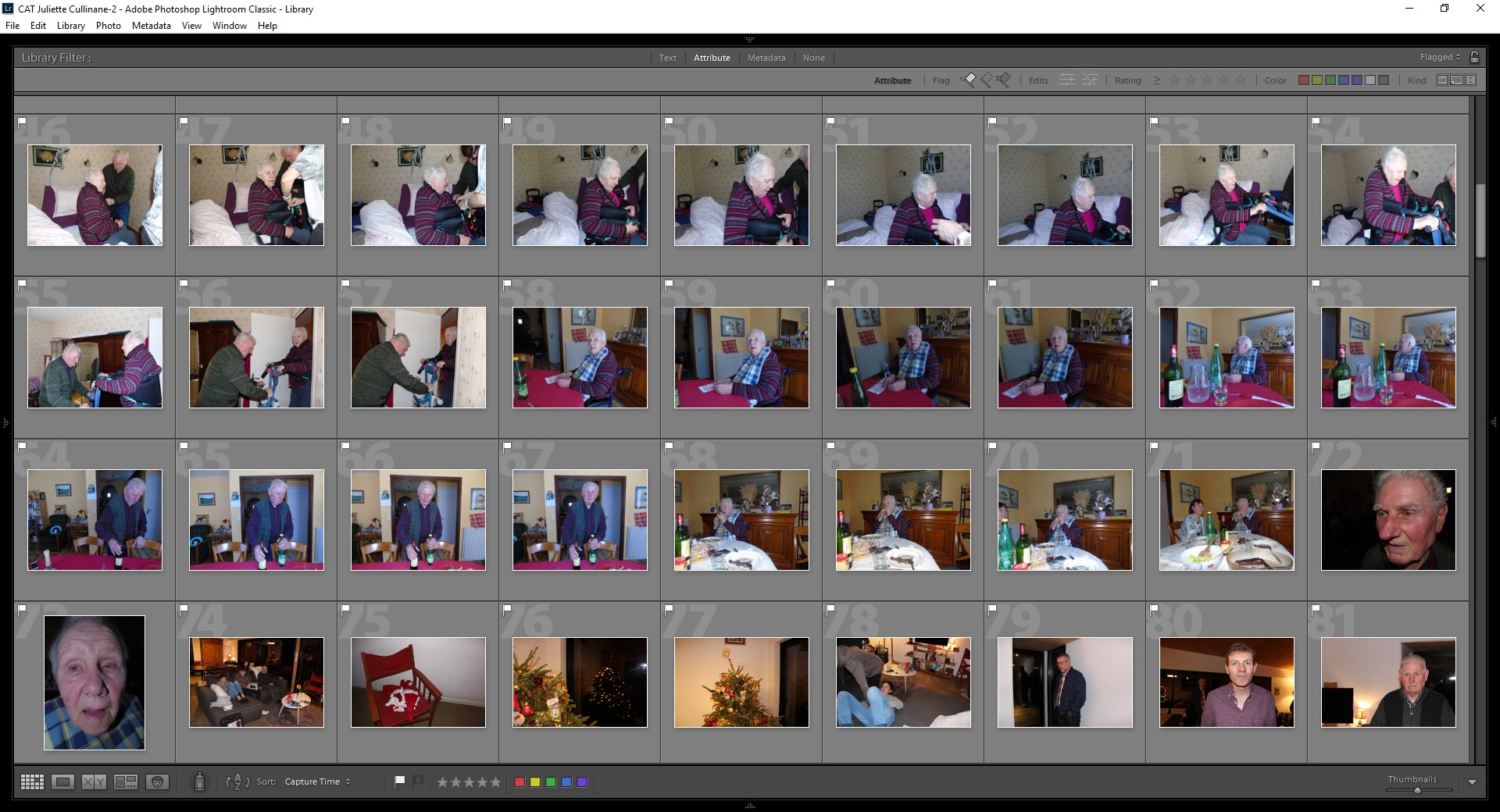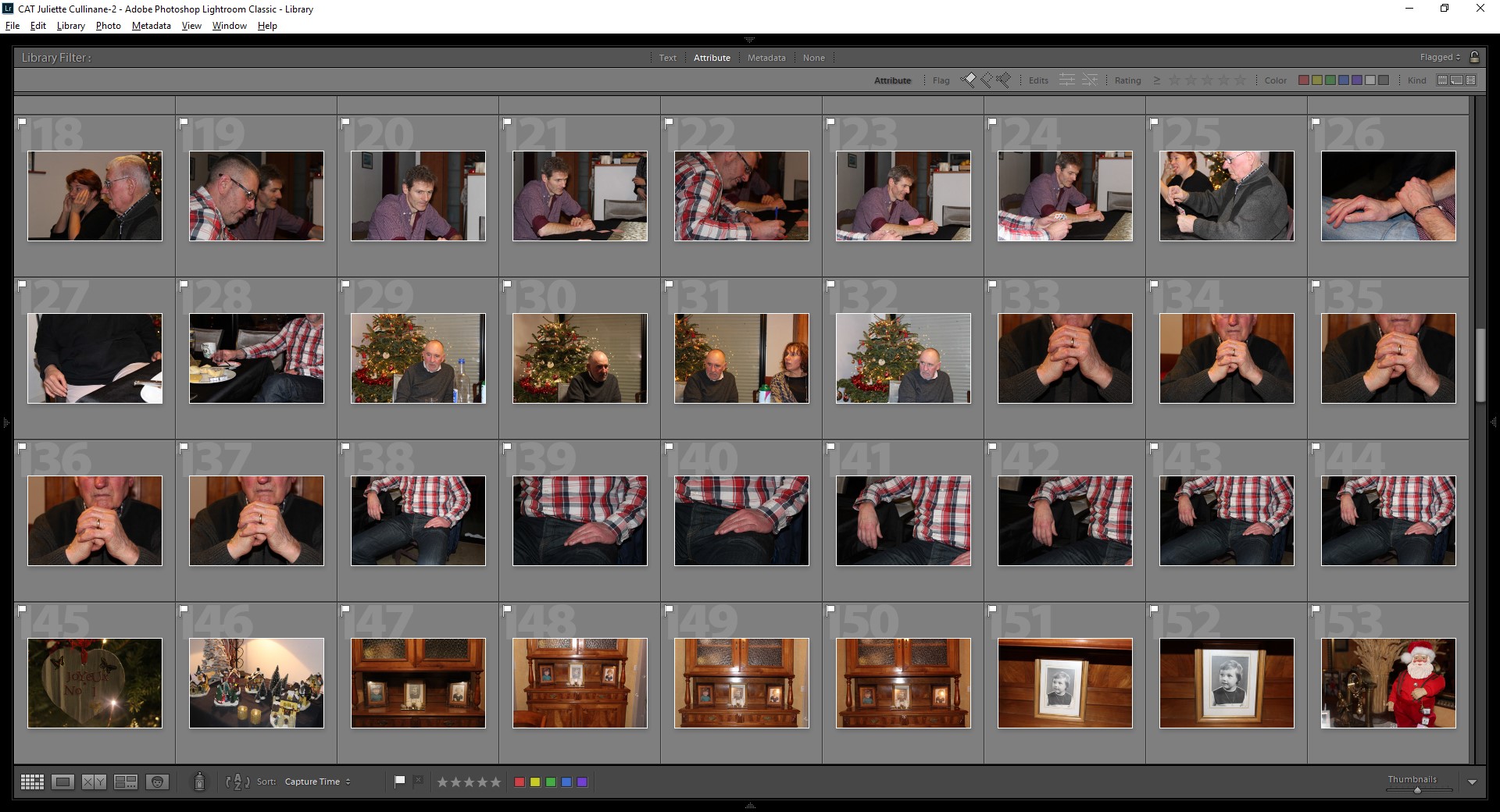How do Birthe Piontek and Richard Billingham, express the notion of family relationships within their work?
INTRODUCTION
This essay discusses family relationships and how they are explored within the work of photographers Richard Billingham and Birthe Piontek. I have chosen this subject because it is something that is closely linked to my own personal investigation, in which I am exploring relationships and illness within my own family. Many photographers have explored different aspects of family, that being of their own family or exploring events or relationships within other families. One artist that has explored family relationships within their work is Birthe Piontek, in her recent project Abendlied, she explored “how we are shaped by the place we call home” by visiting her family home where she grew up and her parents had lived for 40 years. Another photographer that has explored family relationships within his work is Richard Billingham, he has done multiple projects where he has photographed his family, the most notable one being Ray’s a Laugh, a book focused on his unemployed alcoholic father and his overweight puzzle loving cat obsessed mother.
CHAPTER 1
The first artist that I will be looking at is Birthe Piontek, she was born and raised in Germany, where she lived with her parents and siblings. Piontek’s project Abendlied focuses on her relationship with her childhood home whilst visiting it before her parents who had lived there for 40 years moved out due to her mother’s dementia, throughout the project Piontek explores different aspects of the home and how she and other members of her family have a relationship with the house and how the house affects their relationships with each other. Throughout the book Piontek uses carefully arranged objects that she grew up to create portrait like images that have a nostalgic feeling, in many of the images she has members of her family posing with the objects which creates a good juxtaposition with the images of just the objects and adds more of a sentimental value. The title of the book “Abendlied translates to “evening song” from two well-known German songs, a hymn and a lullaby. Throughout the images there is a strong sense of nostalgia with references to the past and passed away family members and family culture, in one picture of her father she uses a framed picture of her grandfather, which her father holds, in a military cap which bears the Nazi sign, this image has a strong impact on the rest of the imaged in the book as it holds a strong significance as to the culture, heritage and identity of her family.
CHAPTER 2
The second artist that I will be looking at is Richard Billingham, he was born and raised in the west-midlands, this is where most of his work is focused, mostly concerning his family. His book Ray’s A Laugh portrays the extreme poverty and deprivation that he experienced whilst he was growing up, the images mainly focus on his relationship with his parents, the images portray a sense of distance between him and his parents as on creates the images with the with the sense that he is more of an onlooker rather than a member of the family.































































